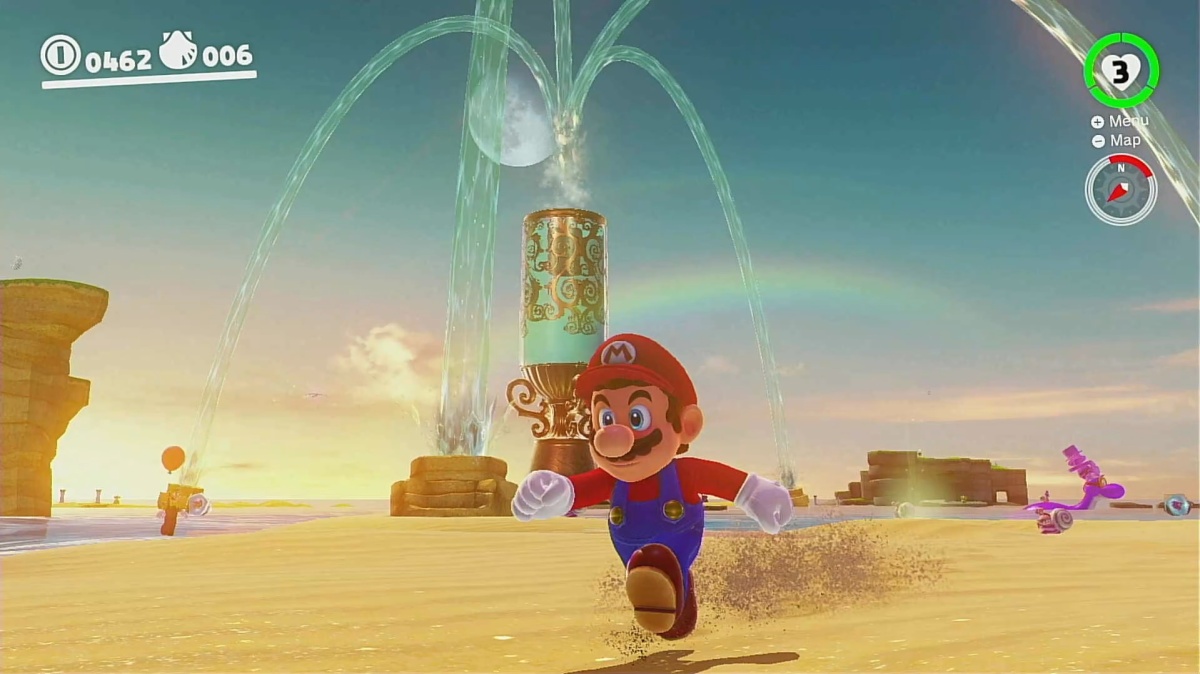Lessons Learned
Metal Gear Solid’s post credit scene reveals that the nuclear-equipped Metal Gear Rex’s test data survived Solid Snake’s missiles, its log an invaluable learning experience for the developers. Similarly, snaking through the occupied Shadow Moses military base where Rex was developed required a lot of in-the-field training and dozens of hours, rations, and Game Overs, stats the game totals onscreen at its end. Of course, this is all created by a third set of data, the combined mechanics, systems, art, scripts, and modes that are the game. If the elements in Hideo Kojima’s classic thriller supports the theme of biological evolution, the very existence of its 1999 special edition, Metal Gear Solid Integral, tells us much about the new worlds that technological evolution is building for us, even on societal levels, as it upgrades its digital bootcamp to MGS version 1.2.
Continue reading “How Metal Gear Solid Integral Upgraded Solid Snake’s Simulation”









